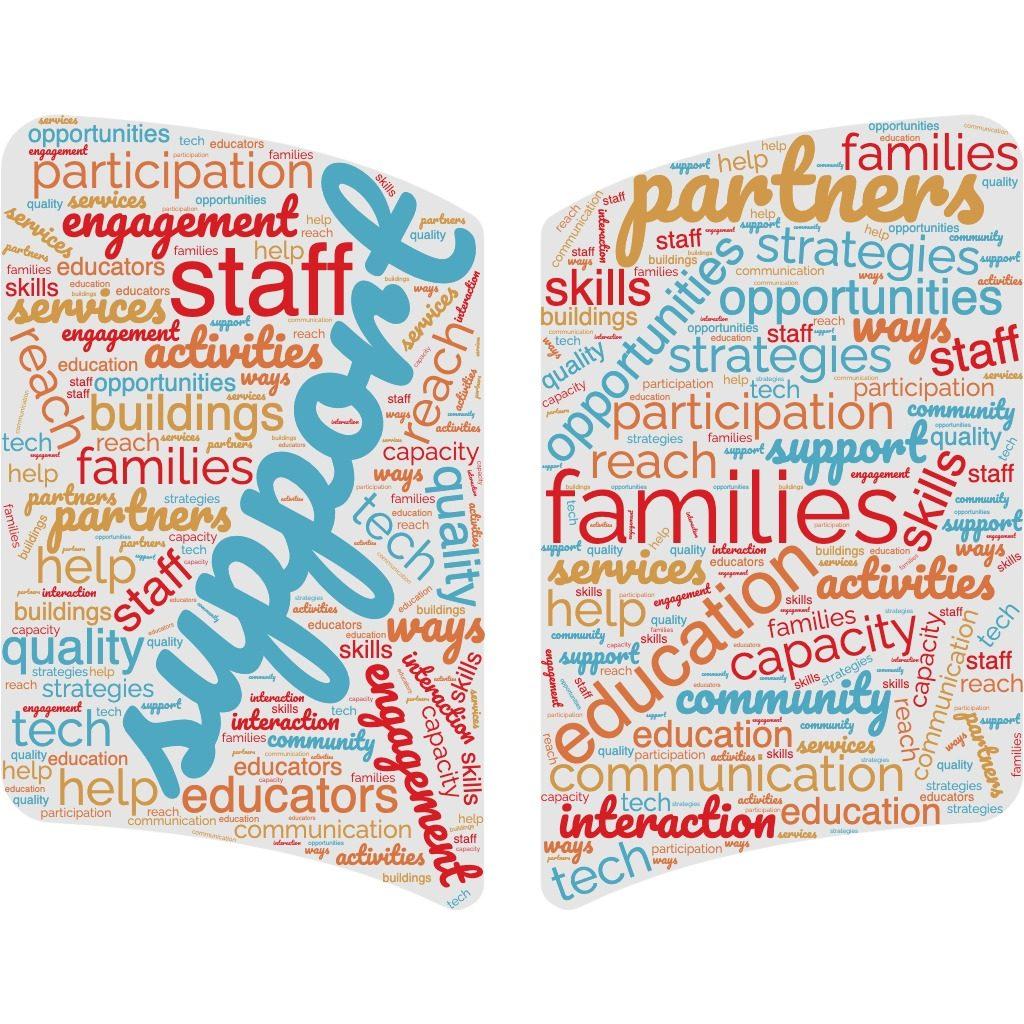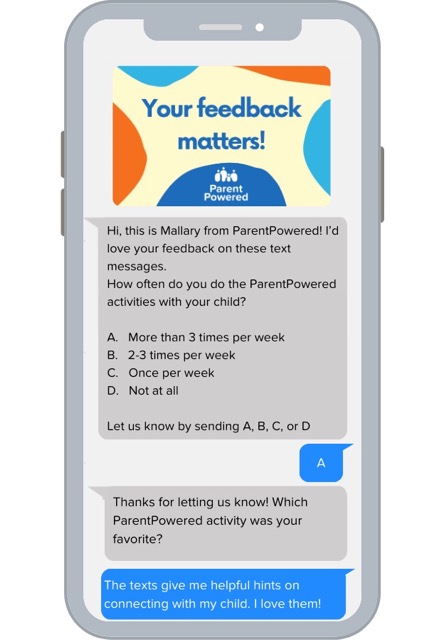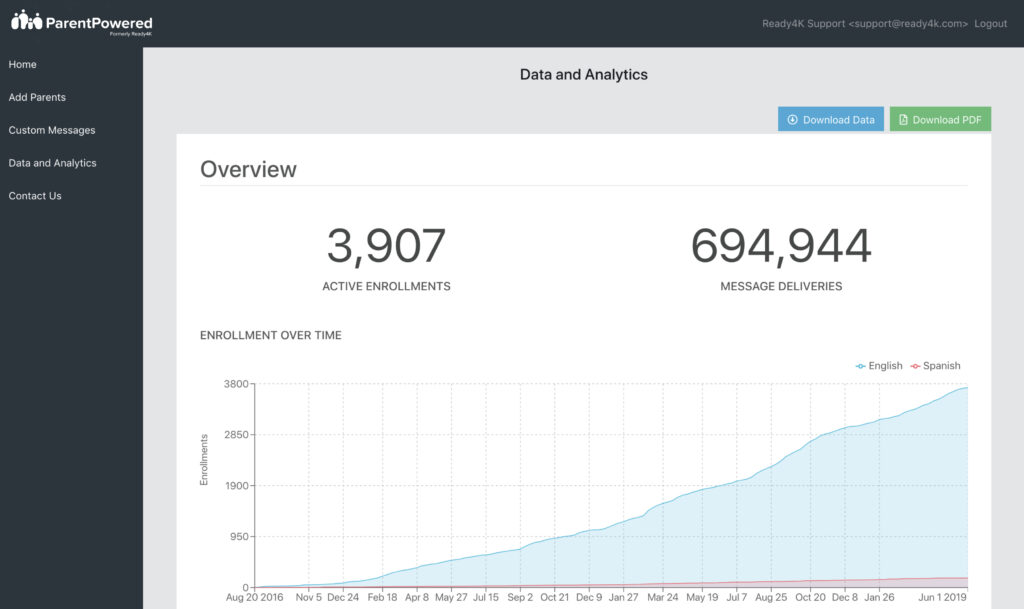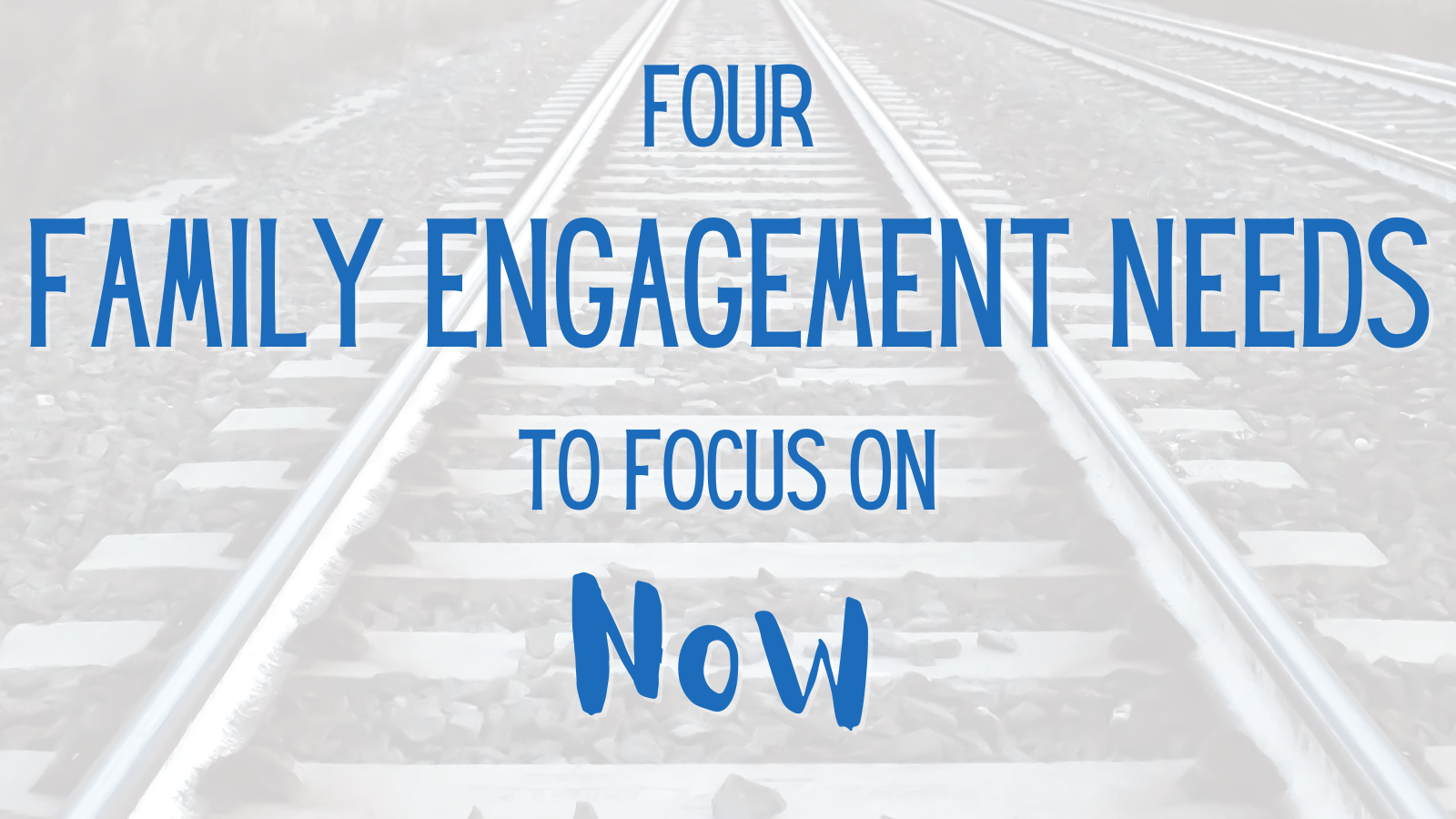By Maya Sussman, senior director of product, and April Hawkins, marketing manager
NOTE: This post was written during 2022. It contains valuable insights into the trends in parent and caregiver needs, as well as lessons learned from educators, during this year of transition out of pandemic chaos.
“We need your help with some of our district family engagement needs. Make sure the Parent Accountability Committee composition reflects the diversity of our district. Then, get parent input on our Local Control Accountability Plan for state funding.” This directive from the school district’s director of accountability sounded simple enough. I thought it would be a six month project with pretty clear goals along the way.

I had no idea that this directive would completely change my role as a school district grants administrator. The “project” turned into a five-year-long mission to truly understand our family engagement needs.
I was suddenly immersed in family engagement efforts: training parents to evaluate school data, improving home-school communications, and making sure information was available in families’ home language.
Family Engagement Needs are Complex and Varied
That experience underscored something you already know: family engagement needs are complex and varied. That’s why ParentPowered conducts regular assessments of family engagement needs as part of our ongoing continuous improvement work. One way we do this is by administering surveys of our partners and the families they serve.
The 2022 survey of our partners uncovered four family engagement needs that were echoed among schools, districts, Head Starts, and community-based organizations across the country. My colleague Maya Sussman, senior director of product, shares the results of this survey below.
The responses come from over 25 states and educators serving more than 60,000 children. The results shed important light on the family engagement needs and barriers facing schools, districts, and other educational organizations. We hope that the information inspires new solutions and collaborations.

What Families Need
When it comes to their family engagement needs, educators across the country have more in common than you might imagine. Whether they’re serving K-12 students in a large city or preschool children in a rural community, our survey participants expressed a need for additional resources to support their families across four key areas.
1. Reaching all families
Many educators identified the need to reach all of their families – not only the ones who are already most engaged. They described particular groups of families with whom they would like to engage more deeply and more consistently.
This includes reaching parents who don’t speak English, families experiencing homelessness, parents who work night shifts or multiple jobs, and families living in rural areas.
They also underscored that accessibility and ease of use were two important factors for engaging the hardest-to-reach families.
2. Ongoing family partnerships
We found that building trusting relationships with families was one of the greatest needs for both schools and organizations. This finding has been echoed in various other studies. As Karen Mapp states, developing these relationships is “key for any other partnership work to actually take place.”

Survey respondents also shared the importance of creating accessible channels for families to share their experiences and provide input. They outlined the importance of creating meaningful opportunities for school-home partnership.
For many of our partners responding to the survey, fostering ongoing two-way communication was at the top of their list. They explained that this sets the stage for relationships established during conferences or back-to-school nights to continue growing throughout the year.
3. Sharing the resources families need most
Schools, districts, and organizations continue to need concrete ways to support families’ most critical needs. Our partners’ responses echoed what we’ve heard from parents directly: they’re focused on providing academic support to combat learning loss, mental health and SEL resources for both kids and parents, and assistance with basic needs like housing and food.
4. Virtual family engagement
Finally, schools and organizations need a way to do this all virtually. While kids may be back in the building, our partners are still very limited in their ability to engage face-to-face with families. The survey results highlighted an ongoing need for virtual strategies for reaching families, building relationships, and sharing resources.
The Challenge
So what’s stopping organizations from meeting their family engagement needs?
In some cases, resource constraints are the biggest barrier. Many survey respondents cited staffing shortages and a lack of funding as significant challenges to meeting their goals.
But others – a whole 22% – are still searching for the right way to engage families. They’re concerned that their current strategies are only reaching a small group of their families, haven’t adapted well to virtual constraints, or aren’t succeeding in building a trusted partnership.
But educators don’t stop with challenges; they look for solutions.

The Opportunity
One of the things we admire most about educators is the ability to dream up creative solutions. And educators continuously improve, despite persistent resource constraints. This is something we aspire to at ParentPowered!
So we were very inspired, though not at all surprised, by the ambitious and innovative ideas that our partners shared when we asked the question:
If you had unlimited time and resources to devote to family engagement, what would you do?
Here are some of our favorite answers:
- Involve mental health staff in all conversations and activities with families to allow for tighter feedback loops and deeper support
- Hire parents and caregivers to work at schools and programs
- Create more opportunities for family learning and engagement around non-academic subjects, such as nature and the arts
- Grow home visiting programs to reach families where they are, and leave behind critical resources
- Invest in professional development for teachers on working with families, so family engagement becomes the work of every single staff member
- Create opportunities for families to connect with each other on a regional or national level
- Host regular welcome meetings for new families joining the district or school
- Provide free transportation, meals, technology, and supplies for families to participate in events and activities
- Hire staff who speak all of the languages spoken in the community, and provide ESL classes for parents
By surveying educators, we gained insights on the needs, challenges, and opportunities related to family engagement generally. And while we can’t meet all of the needs outlined above, there were a few we can help with.
One of the top new ParentPowered needs we heard was to receive regular data updates in a format that’s easy to skim and share. So just this week we launched Monthly Data Roundups. This new feature provides partners monthly emails with data updates and insights about their families, in addition to their existing ParentPowered dashboards.

The broader family engagement insights will shape our work in the long-term. And, expect to see the ideas and requests that our partners shared about ParentPowered turn into new services as we continuously improve, too.






